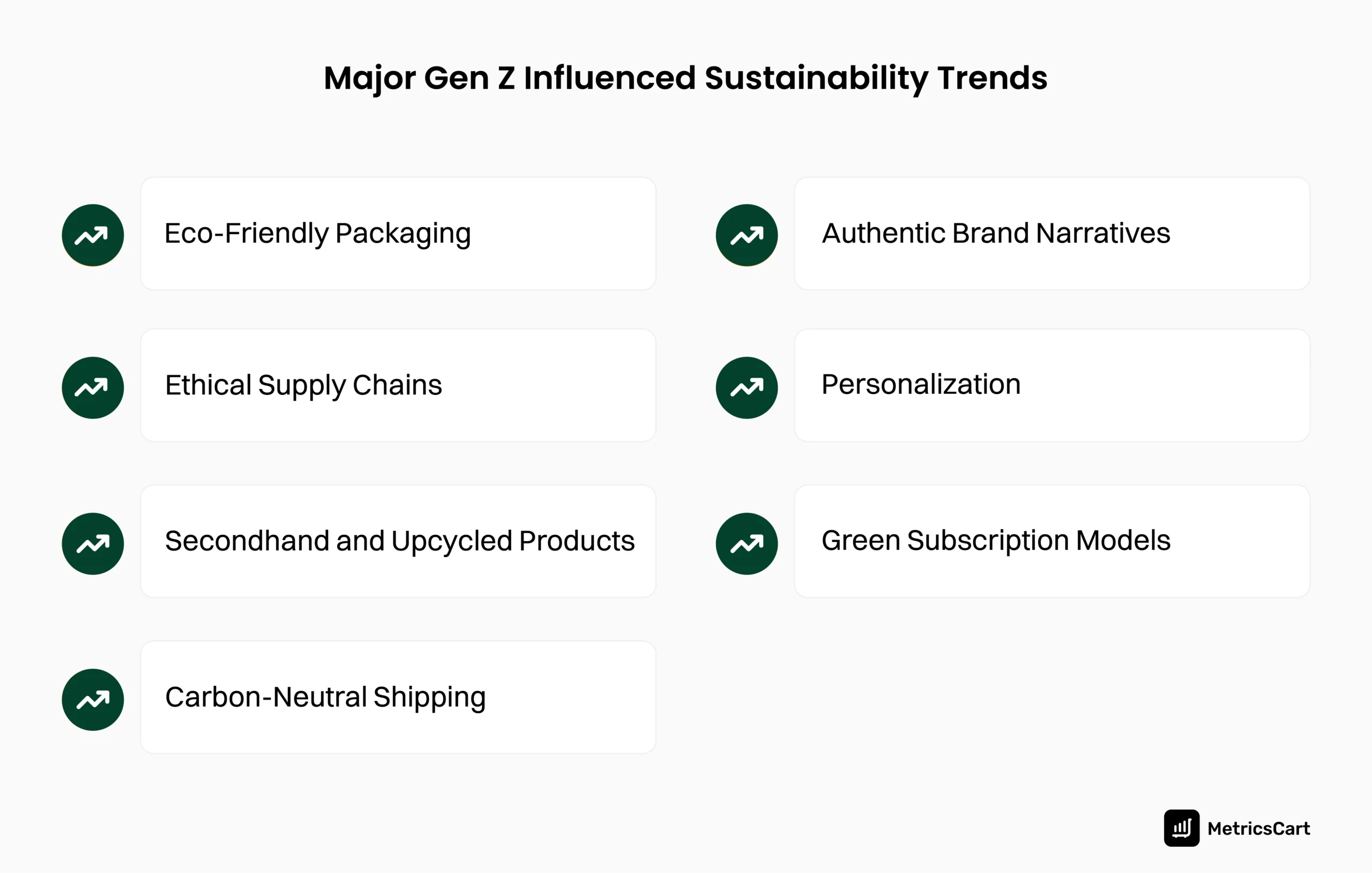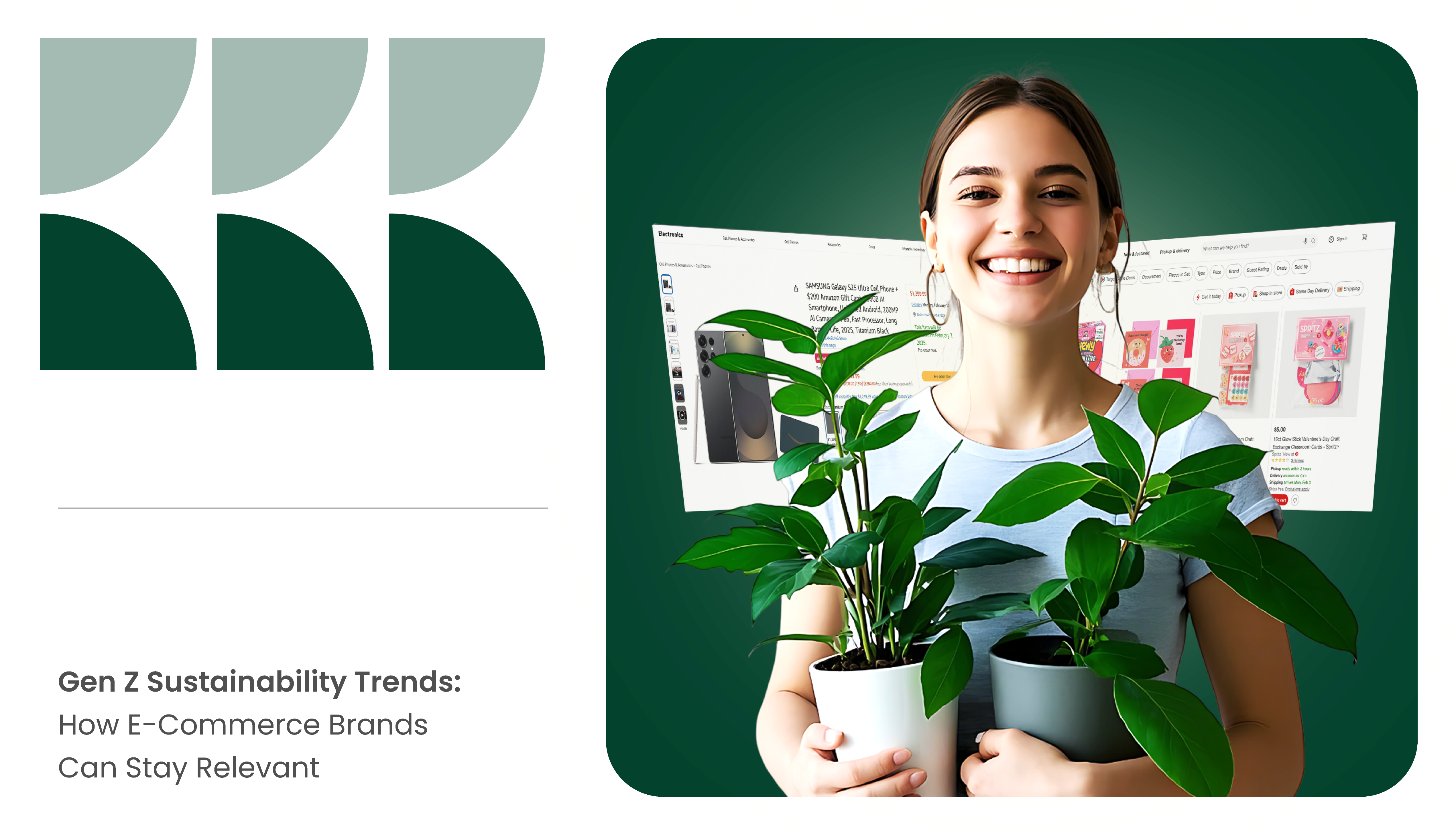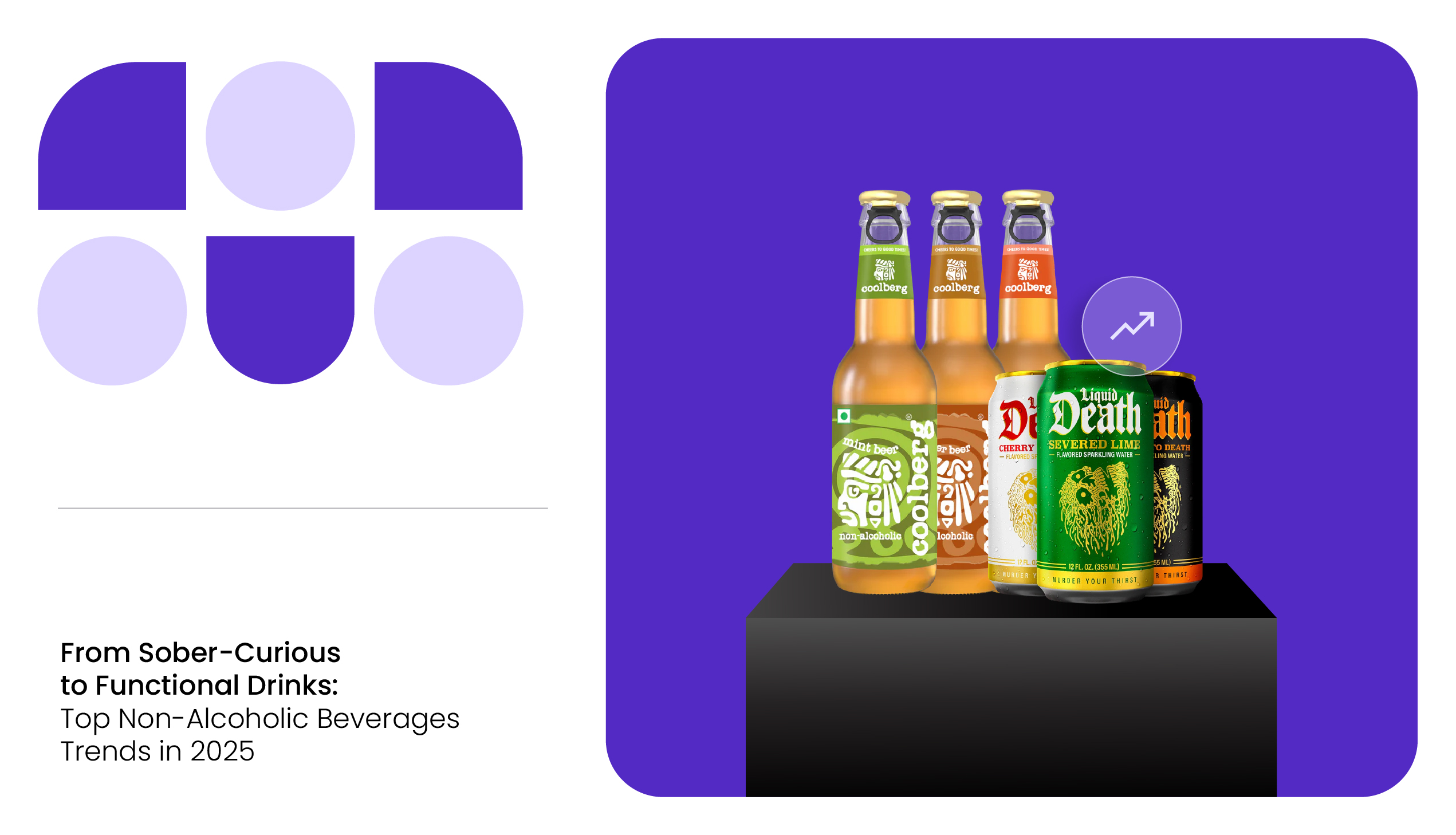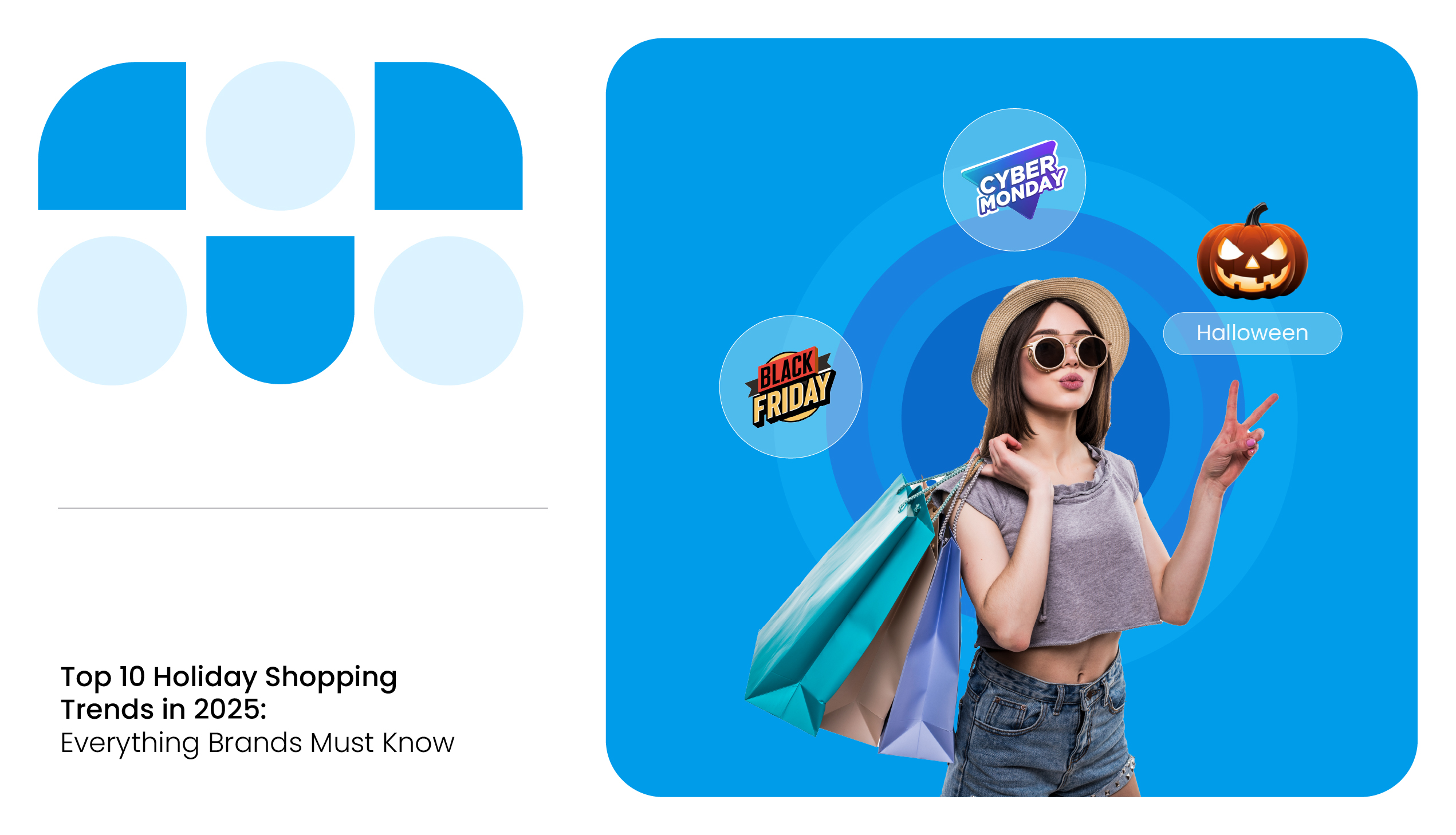Born between 1997 and 2012, Gen Z represents a generation that prioritizes purpose-driven consumption. For e-commerce brands and online sellers, understanding and adapting to the Gen Z sustainability trends and expectations is critical to staying relevant.
From sustainable packaging to transparent supply chains, Gen Z is demanding more accountability from brands. But what does this mean for the digital commerce space? It’s an interesting phase as we discover how these trends are reshaping the e-commerce industry at large.
Tracking Gen Z consumer trends requires intelligent digital shelf analytics software that gives you an overall idea of your brand performance across platforms and how you can tweak the strategies to better resonate among the sustainable living Gen Z crowd.
Why Sustainability Matters to Gen Z?
For Gen Z, sustainability is more than a buzzword; it’s a lifestyle. This generation grew up during a time of heightened environmental awareness and social activism.
From climate change protests to widespread calls for ethical labor practices, sustainable living Gen Z is a powerful force driving change across the e-commerce business in 2025.
A recent report by First Insight reveals that 62% of Gen Z prefers to buy from sustainable brands, even if it means paying a premium. Their purchasing decisions are not just about product quality but also about the values a brand embodies.
READ MORE | Curious to know how Gen Z behaves on Amazon? Check out our blog on Decode How Gen Z Shops on Amazon: Supercharge Your Brand’s Sales Today
Gen Z Sustainability Trends Reshaping E-Commerce
As environmentally conscious digital natives, they expect brands to adopt eco-friendly practices, from sustainable packaging and ethical sourcing to carbon-neutral logistics. Stressing sustainability, Gen Z demands clear, verifiable brand commitments that align with their values.
This shift is reshaping e-commerce trends, pushing retailers to incorporate greener supply chains, offer second-hand or upcycled products, and use technology to reduce environmental impact.
Here are some of the major Gen Z sustainability trends that you should consider:

Eco-Friendly Packaging
The demand for sustainable packaging is at an all-time high. Gen Z shoppers expect minimalistic, recyclable, or compostable packaging. They view excessive waste as a significant deterrent, making this a vital area for improvement among e-commerce brands.
Switch to biodegradable packaging materials and communicate your commitment to sustainability on your product pages. Highlighting these efforts can build trust and loyalty.
Ethical and Transparent Supply Chains
Gen Z values brands that are open about their sourcing and production processes. The concept of “fast fashion” has faced backlash due to its environmental and ethical implications, driving the demand for ethical alternatives.
Provide transparency into your supply chain. Use digital tools to track and showcase fair trade certifications, carbon-neutral processes, and other sustainability efforts. Tracking these efforts aligns with Gen Z consumer trends and their expectation for honesty.
Secondhand and Upcycled Products
The resale and upcycling market is booming, thanks to Gen Z’s love for thrifting and reusability. Platforms like ThredUp and Poshmark have gained immense popularity as they align with sustainability Gen Z values.
E-commerce retailers can introduce trade-in programs, upcycled product lines, or partnerships with resale platforms to appeal to this audience.
Carbon-Neutral Shipping
Shipping emissions are a significant concern for environmentally-conscious consumers. Gen Z is increasingly supporting brands that offer carbon-neutral or offset shipping options.
Partner with logistics providers that prioritize eco-friendly delivery solutions. Let your customers know about your carbon offset initiatives to resonate with their values. This can create a positive growth channel for your brand.
Authentic Storytelling Around Sustainability
Gen Z is quick to spot greenwashing, where brands claim to be eco-friendly without real action to back it up. Authenticity is critical when engaging with this generation.
Use your website, social media, and product descriptions to share your sustainability journey, challenges, and progress. Transparency builds trust.

Personalization Meets Sustainability
Gen Z values personalization but not at the cost of sustainability. Brands that offer personalized products or recommendations based on environmentally friendly choices are gaining traction.
Implement AI-driven tools that recommend sustainable alternatives, such as eco-friendly variants or locally sourced products, that are in line with tracking Gen Z consumer trends.
Subscription Models with a Green Focus
Subscription services are a growing trend in e-commerce, but Gen Z is more likely to support models that emphasize sustainability. From refills to reusable containers, these models align with their eco-conscious values.
Consider offering refillable or reusable options in your subscription services to minimize waste and emphasize long-term sustainability. This kind of sensitized approach can go a long way toward your brand aligning with Gen Z preferences.
Challenges in Meeting Gen Z Sustainability Expectations
While embracing sustainability is essential, it’s not without its challenges. Cost is a significant barrier, as eco-friendly materials and ethical sourcing often come at a premium cost.
Additionally, achieving true transparency across global supply chains can be a complex process that might take a long time.
However, these challenges are opportunities in disguise. By addressing them head-on, brands can position themselves as leaders in the sustainability movement, gaining trust and loyalty from Gen Z consumers.
READ MORE | Want to know about the common e-commerce mistakes you should avoid? Check out our blog on 10 E-Commerce Mistakes to Avoid For Successful Online Business.
Conclusion
Gen Z sustainability trends are not just reshaping e-commerce; they’re setting the stage for its future. Here are some of the digital shelf monitoring you can use to decode the preferences of Gen Z shoppers:
- Use reviews to identify what Gen Z values most about your products and packaging.
- Understand how your competitors are adapting to Gen Z sustainability trends and identify areas to differentiate.
- Highlight sustainable features prominently in your product titles, writing product descriptions and images to capture Gen Z’s attention.
For e-commerce professionals, sellers, and brand managers, the takeaway is clear: aligning with sustainable living Gen Z values is not just good for the planet; it’s good for business, too.
Start today by integrating these strategies into your operations and watch your brand thrive in the ever-evolving digital commerce landscape.
Get Ahead and Stay Ahead. Unlock E-Commerce Success Now!
FAQs
Brands can adapt by using eco-friendly packaging, sourcing ethical materials, and promoting transparency in their sustainability efforts.
Transparency builds trust by showcasing ethical sourcing, sustainable production, and clear communication about environmental impact.
Eco-friendly fashion, zero-waste beauty products, plant-based goods, and ethically sourced items are top choices for Gen Z consumers.
Brands should leverage social media, influencer partnerships, and authentic storytelling to highlight their sustainability initiatives.
Small businesses can start by using recycled packaging, offering eco-friendly products, and collaborating with sustainable suppliers within their budget.







